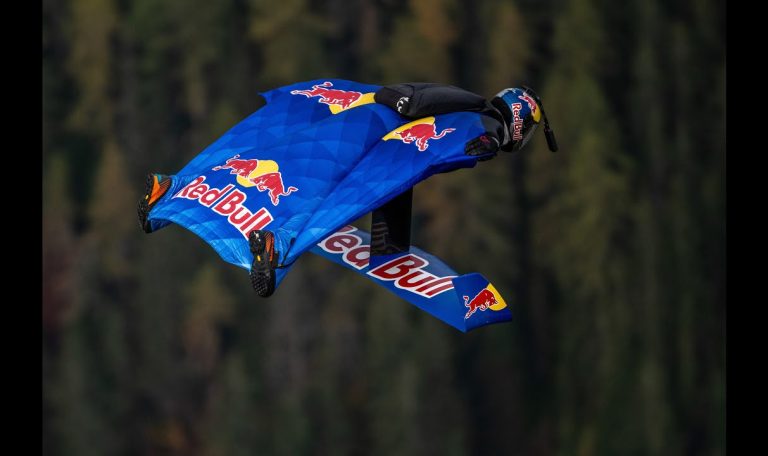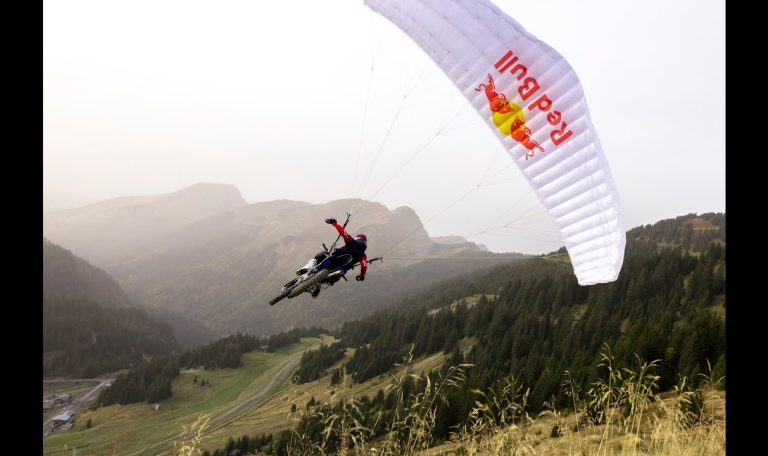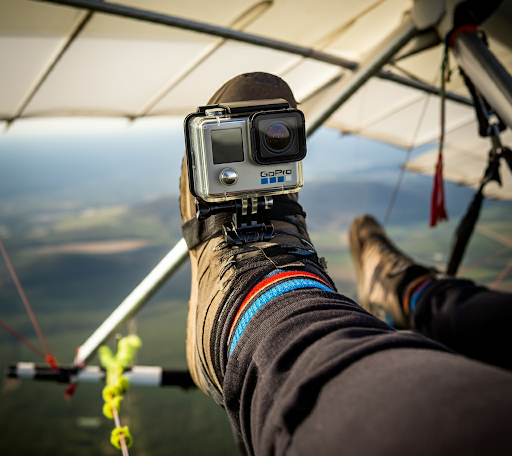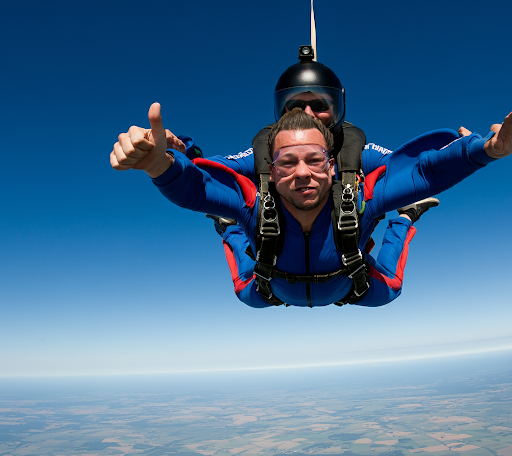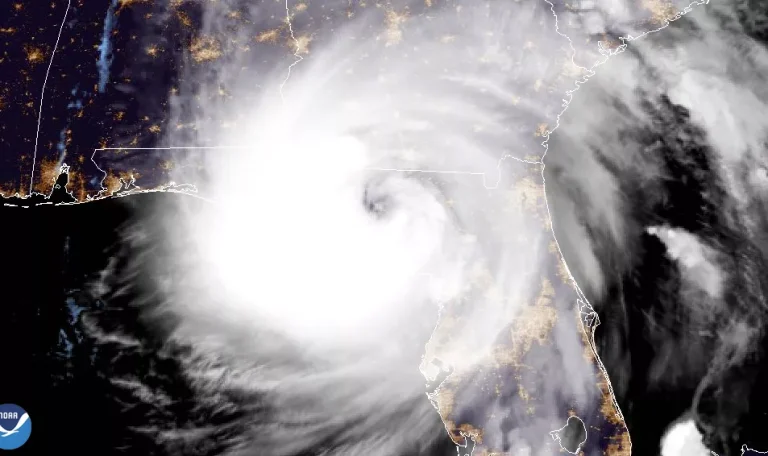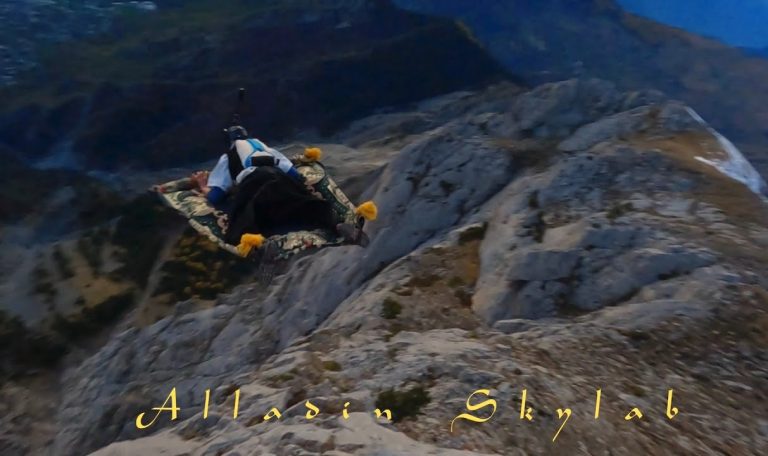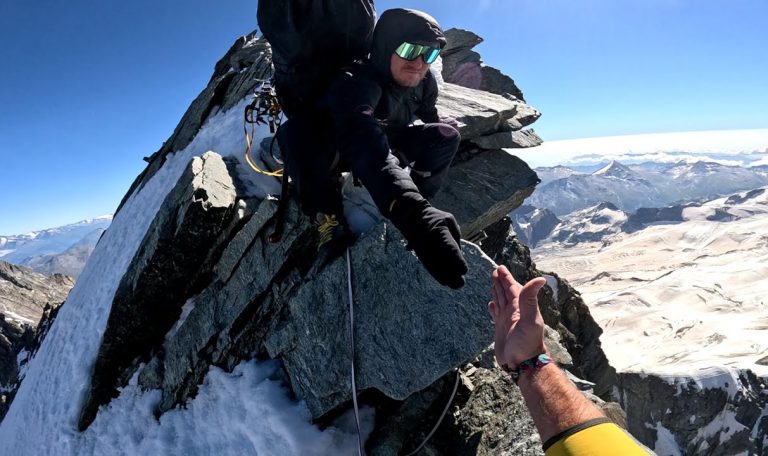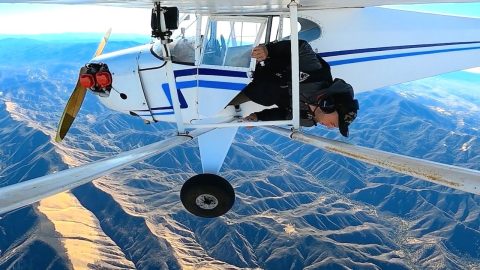Is it a bird? It’s a plane. No, it’s a flying mattress! Ultralight aircraft news is all a flutter over the electric-powered prototype that took to the air at EAA AirVenture 2017 in Oshkosh, Wisconsin. Lots of cheering spectators were heard at Lake Winnebago as the flying mattress, as some would describe its appearance, took to the sky during flight tests. Todd Reichert, part of the Aerodynamics and Configuration division of Kitty Hawk, sat atop a large webbed structure that looked far different from a traditional ultralight. The pilot floated above the water at an altitude of 15 feet with the help of 8 electric motors each equipped with its own rotor and powered by a rechargeable lithium polymer battery.
Behind the scenes, the team at Kitty Hawk works hard at being innovative and stretching the imagination by building things that are completely new. They brought that same mindset to ultralights with their industry changing electronic design. A design that will be a fully functional joy ride by the end of 2017. Their goal as stated on their about page was:
“When we set out to build the Flyer, we wanted to engineer a personal aircraft that’s easy to fly and accessible for all. We imagined simple controls and advanced electronic capabilities so that you could learn to fly it safely in minutes. We also wanted it to be 100% electric, and take off and land vertically. The Flyer would be so compact that it could fit comfortably in a garage.”
Bringing the thrill of aviation sports to masses is an incredible feet. By making an ultralight that can fit into an average garage and doesn’t require av gas, they are well on their way to achieving their goal. Furthermore, the Flyer is in the FAR 103 Ultralight Category of US FAA regulations. This means that anyone can fly in an open area for recreational purposes without a pilot license. It’s designed to fly only over bodies of fresh water, which explains the pontoons. Having two pontoons fashioned to the undercarriage makes this a fun little amphibious machine, and being able to take off and land vertically is a huge bonus for aviation enthusiast with little to no space for a runway.
Performance wise, the Kitty Hawk Flyer is still under development, but the team hopes to have production well under way by the end of 2017.

